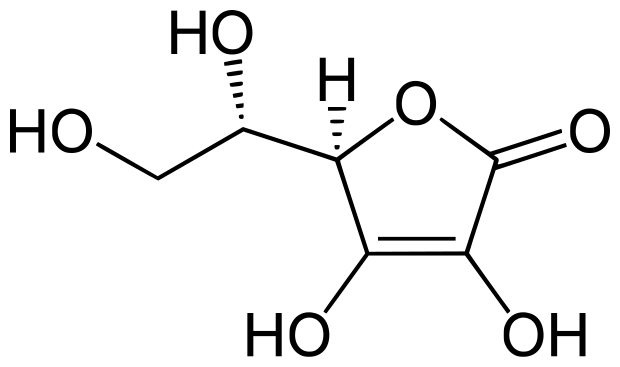Wolfberry, commercially called goji berry, is the common name for the fruit of two very closely related species: Lycium barbarum (Chinese: 寧夏枸杞; pinyin: Níngxià gǒuqǐ) and L. chinense (Chinese: 枸杞; pinyin: gǒuqǐ), two species of boxthorn in the family Solanaceae (which also includes the potato, tomato, eggplant, deadly nightshade, chili pepper, and tobacco). It is native to southeastern Europe and Asia.[1]

It is also known as Chinese wolfberry, mede berry, barbary matrimony vine, bocksdorn, Duke of Argyll’s tea tree, Murali (in India),[2] red medlar, or matrimony vine.[3] Unrelated to the plant’s geographic origin, the names Tibetan goji and Himalayan goji are in common use in the health food market for products from this plant.
Safety issues
Two published case reports described elderly women who experienced increased bleeding, expressed as an elevated INR, after drinking quantities of wolfberry tea.[38][39] Further in vitro testing revealed that the tea inhibited warfarin metabolism, providing evidence for possible interaction between warfarin and undefined wolfberry phytochemicals.[38]
Atropine, a toxic alkaloid found in other members of the Solanaceae family, occurs naturally in wolfberry fruit. The atropine concentrations of berries from China and Thailand are variable, with a maximum content of 19 ppb, below the likely toxic amount.[40]
[youtube=http://www.youtube.com/watch?v=ORYDNsRFWDk]
[youtube=http://www.youtube.com/watch?v=QMvAxJ9yl9o]
[youtube=http://www.youtube.com/watch?v=9frDcX1d3O8]
Vitamin C or L-ascorbic acid or L-ascorbate is an essential nutrient for humans and certain other animal species, in which it functions as a vitamin. In living organisms, ascorbate is an anti-oxidant, since it protects the body against oxidative stress. It is also a cofactor in at least eight enzymatic reactions, including several collagen synthesis reactions that cause the most severe symptoms of scurvy when they are dysfunctional. In animals, these reactions are especially important in wound-healing and in preventing bleeding from capillaries.
Links
Vitamin C a brief fact sheet on vitamin C and human health, and the forms and relative values of synthetic and natural vitamin C
URL: http://medical-library.net/sites/_ascorbic_acid_ascorbate_vitamin_c.html
The vitamin C site discusses everything about vitamin C. It is fair to say that it is ‘pro vitamin C’!
URL: http://www.cforyourself.com/
200 mg of vitamin C per day is optimal for healthy men. Research report – very significant.
URL: http://www.dhhs.gov/news/press/1996pres/960415c.html
The vitamin C Foundation News all the news on the latest findings on vitamin C – and more.
URL: http://www.vitamincfoundation.org/news.htm
A paper on the Ascorbic acid content of edible wild plants in USA includes information on how vitamin C is determined by scientists- see the section headed “method”
URL: http://freenet.macatawa.org/~rimmer/Vitamin.htm
How to measure vitamin C with High School equipment– a “quick and dirty”, but easy and simple method. Designed for fruit juice, but should work with juiced and filter fruit extract.
URL: http://www.eecs.umich.edu/~coalitn/sciedoutreach/funexperiments/quickndirty/csustan/vitaminc.htm
Measuring the vitamin C content of an orange and a lemon. – same technology as above, clearly laid out as a text book lesson for students to follow.
http://www.che.ilstu.edu/~otis/osr/welcome10.html
Measuring vitamin C in fruit juices – Comprehensive teachers guide– materials needed, skills, precautions, critical thinking, pitfalls, cross-curricula learning elements – a very detailed teachers guide for this activity. Excellent.
http://www.rohmhaas.com/company/plabs.dir/exp12.htm
Measuring vitamin C -for the technically minded, the problems of producing a standard so that laboratories can measure ascorbic acid with confidence. Some interesting general background on ascorbic acid included.
http://www.lgc.co.uk/best/terp/rm/provit/provit.htm
Measuring vitamin C in orange juice, lab task– upper school/college/university 101 level – a ‘lab’ on measuring vitamin C by the titration method, using a standard reference. Includes questions to answer at the end of the lab session.
http://wwwchem.csustan.edu/chem1112/1112VITC.HTM.











